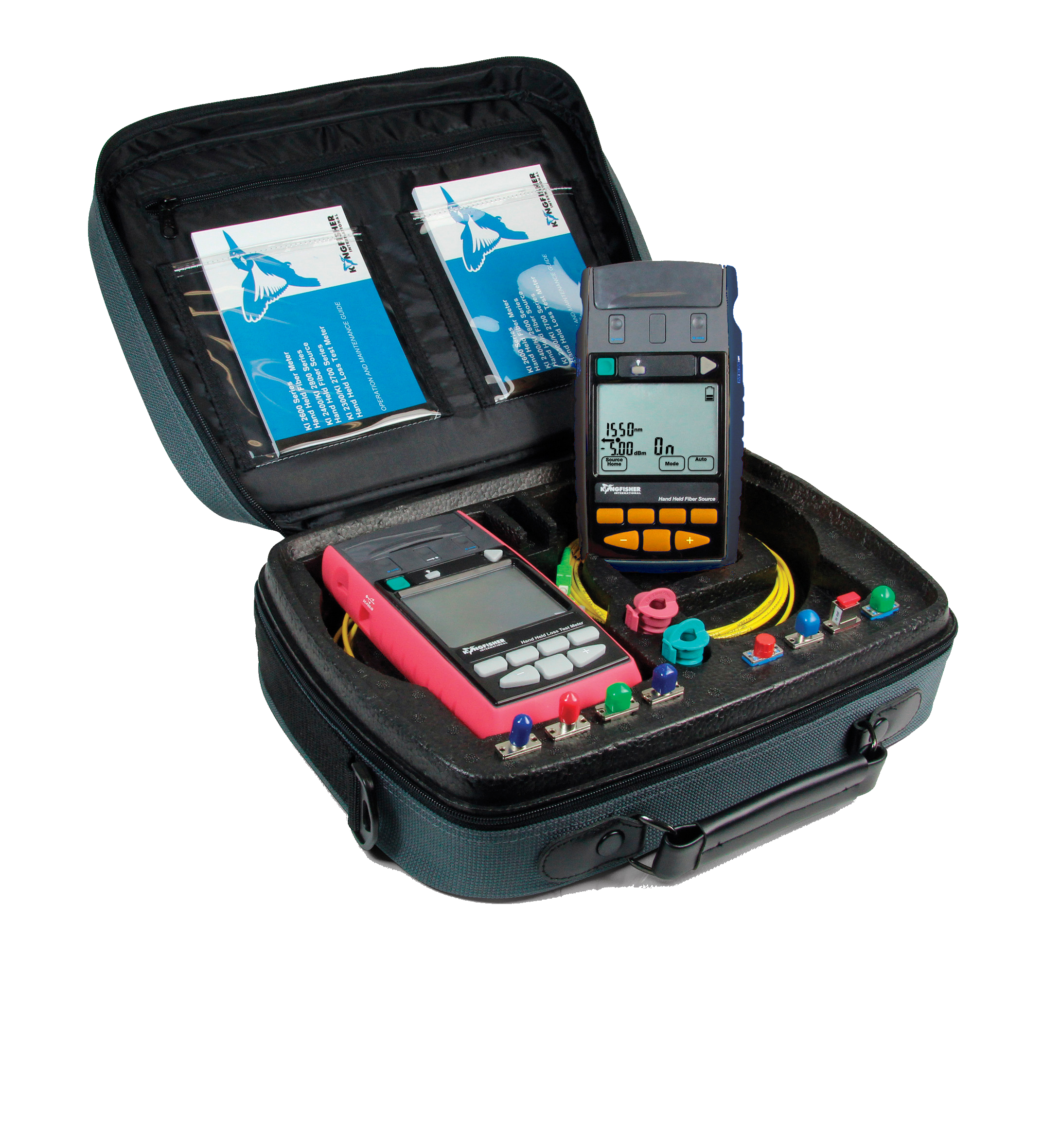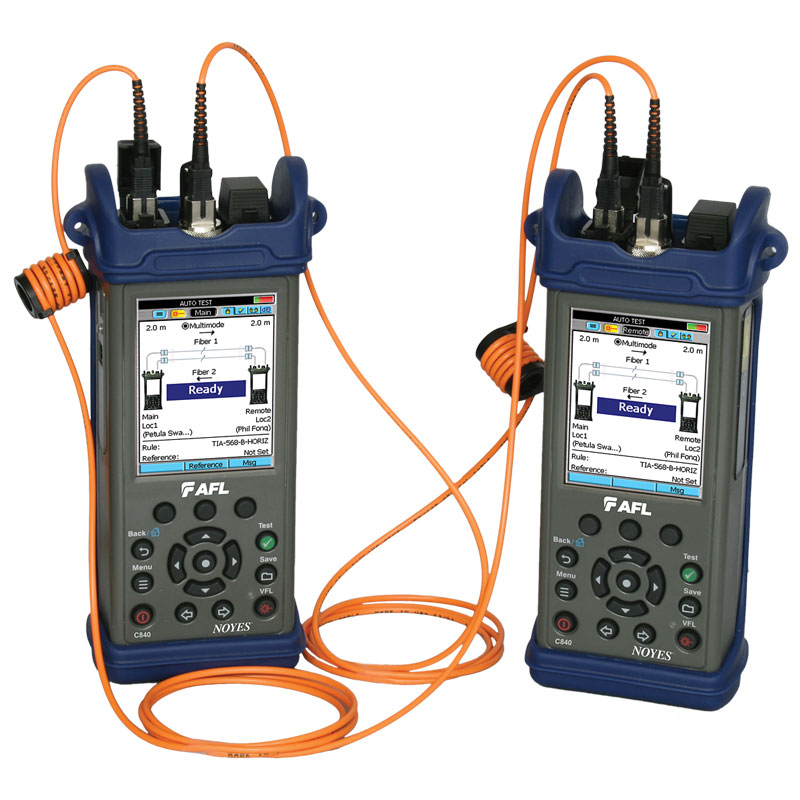Understanding Just How an Optical Measurement System Improves Accuracy in Industrial Applications
Optical measurement systems play a crucial function in boosting accuracy throughout different commercial applications. By leveraging sophisticated technologies such as laser interferometry and 3D imaging sensing units, these systems offer high-resolution, non-contact dimensions. This capacity lessens the risk of damaging delicate parts while making certain accuracy. The impact of these systems expands beyond mere dimensions. Discovering their advantages, applications, and future patterns exposes an intricate landscape of technology and obstacles that merits more detailed assessment.
The Basics of Optical Measurement Systems
Optical measurement systems work as crucial tools in numerous commercial applications, offering accurate information collection and analysis. These systems utilize light as a primary methods of measurement, leveraging optical principles to analyze measurements, settings, and surface area attributes of objects. They include components such as lasers, cameras, and sensing units, which collaborate to record high-resolution pictures and information.
The modern technology allows non-contact dimensions, minimizing the threat of damaging delicate elements. Optical measurement systems are functional, finding utility in quality assurance, setting up confirmation, and dimensional analysis throughout various industries. They are specifically effective in settings where traditional measurement techniques may fail, such as measuring complex geometries or observing rapid movements.
As industries continue to develop, the combination of optical measurement systems will remain critical for ensuring precision and efficiency, ultimately enhancing item top quality and functional efficiency in different manufacturing processes.
Key Technologies Behind Optical Measurement
Trick modern technologies such as laser interferometry strategies and 3D imaging sensing units play an essential duty in the effectiveness of optical measurement systems (fibre testing equipment). These innovations make it possible for specific dimensions and detailed analysis in various industrial applications. Comprehending their performances is necessary for harnessing the full capacity of optical measurement systems
Laser Interferometry Techniques
Various laser interferometry techniques have actually transformed the area of optical measurement, providing unmatched precision and accuracy in various commercial applications. These strategies utilize the disturbance of systematic light waves to gauge distance, displacement, and surface area abnormalities with nanometer-level accuracy. Typical methods consist of Michelson interferometry, which divides a beam of light of light and assesses stage shifts, and Fabry-Pérot interferometry, known for its high resolution in gauging little modifications. Additionally, laser Doppler interferometry uses regularity shifts to assess rate, making it important in vibrant measurements. The adaptability of these strategies permits their integration right into diverse production procedures, boosting quality assurance and making sure adherence to stringent resistances. Consequently, laser interferometry proceeds to play a critical role beforehand industrial measurement criteria.
3D Imaging Sensors
Improvements in measurement technology have actually brought about the development of 3D imaging sensing units, which play a considerable duty in optical measurement systems. These sensors record three-dimensional data with different techniques such as triangulation, time-of-flight, and structured light. By precisely rebuilding the form and measurements of objects, 3D imaging sensors enhance the precision of measurements in commercial applications. They give real-time feedback, assisting in quality control and guaranteeing that parts satisfy rigorous specs. Furthermore, their capacity to operate in difficult atmospheres, such as varying illumination problems, makes them indispensable in making procedures. As industries increasingly take on automation, the assimilation of 3D imaging sensors into optical measurement systems is anticipated to drive further improvements in effectiveness and accuracy.
Benefits of Optical Measurement in Market
Traditional measurement techniques have long been the criterion in commercial settings, optical measurement systems supply substantial benefits that boost accuracy and efficiency. These systems utilize light to capture data, resulting in high-resolution measurements that are frequently unattainable with traditional strategies. The non-contact nature of optical dimensions decreases the threat of damaging sensitive parts throughout the assessment process. Additionally, the speed of optical measurements allows for fast data procurement, helping with timely decision-making in fast-paced industrial settings.
Optical systems are versatile, qualified of determining numerous products and forms without the requirement for substantial recalibration. This adaptability adds to enhanced workflow and performance. In addition, the automation capacity of optical measurement systems minimizes human mistake, guaranteeing regular high quality control. On the whole, the combination of optical measurement modern technology stands for a modern change towards boosted accuracy and integrity in industrial procedures, eventually leading to enhanced product top quality and functional efficiency.
Applications of Optical Measurement Systems

Optical measurement systems play a pivotal duty in enhancing manufacturing process optimization by offering accurate data for decision-making. These systems guarantee high quality control assurance through real-time monitoring and visit this site right here analysis of manufacturing metrics. As industries increasingly embrace these innovations, their influence on efficiency and product integrity becomes evident.
Production Process Optimization
Enhancing manufacturing procedure efficiency is progressively dependent on the integration of optical measurement systems. These systems give real-time information on different parameters, enabling suppliers to evaluate procedures with a high level of precision. By making it possible for specific dimensions of dimensions, surface characteristics, and material residential properties, optical measurement systems facilitate the identification of ineffectiveness and traffic jams in manufacturing lines. The prompt feedback from these systems equips designers to make informed decisions, causing optimized machining, assembly, and finishing processes. Additionally, the capacity to monitor conditions continuously enables for flexible adjustments, Get More Info decreasing downtime and waste. As industries go for better efficiency and minimized operational prices, optical measurement systems become vital tools for enhancing production procedure optimization.

High Quality Control Assurance
The combination of optical measurement systems greatly effects top quality control assurance in industrial settings. These systems supply precise and non-destructive measurements, making it possible for manufacturers to find issues and discrepancies early in the manufacturing procedure. By making use of advanced imaging techniques, such as laser triangulation and interferometry, optical measurement systems ensure that parts fulfill strict specs. This promotes real-time monitoring, lowering waste and decreasing the danger of damaged items getting to the marketplace. Additionally, the data accumulated can be evaluated to refine manufacturing procedures additionally, bring about constant improvement. Eventually, the fostering of optical measurement systems improves integrity and uniformity in quality assurance, fostering greater confidence amongst stakeholders and consumers alike in the last items supplied.
Case Studies: Successful Executions
Countless sectors have successfully integrated optical measurement systems to improve their functional effectiveness and item high quality. In the auto field, a popular maker adopted a laser triangulation system to monitor the alignment of car elements. This implementation substantially decreased setting up mistakes, resulting in improved safety and reduced prices.
In the aerospace sector, a leading airplane manufacturer made use of optical metrology for accuracy measurements of turbine blades, attaining a decrease in manufacturing resistances and better efficiency standards.
A consumer electronic devices company applied optical measurement technology throughout the production of smart device screens, resulting in improved top quality control and a reduction in malfunctioning products.
These study illustrate exactly how optical measurement systems not just improve precision but also contribute to total functional effectiveness, demonstrating their value throughout various sectors. By addressing certain demands, these systems have confirmed to be essential tools in contemporary commercial applications.
Challenges and Limitations of Optical Measurement
While optical measurement systems use significant advantages in numerous commercial applications, they are not without their difficulties and constraints. One major worry is sensitivity to environmental problems, such as temperature level fluctuations, humidity, and dirt, which can detrimentally affect measurement accuracy. Furthermore, optical systems frequently require exact placement and calibration, making them susceptible to human error during configuration and procedure. An additional limitation is the capacity for disturbance from ambient light, which can distort measurements and require intricate filtering system techniques. Furthermore, specific products and surface areas might offer difficulties, as reflective or transparent attributes can bring about irregular analyses. The cost of top notch optical elements and systems can likewise be a barrier for some markets, restricting extensive adoption. Specialized training is typically required for personnel to effectively run and keep these systems, adding to the overall intricacy and functional challenges.
Future Fads in Optical Measurement Modern Technology
As innovations in modern technology proceed to shape commercial processes, the future of optical measurement systems is poised for substantial development. Emerging patterns indicate a shift in the direction of improved combination of expert system and artificial intelligence, enabling systems to assess information in real-time, identify patterns, and enhance decision-making procedures. In enhancement, the growth of miniaturized sensing units and progressed optics is anticipated to lead to even more compact and functional measurement services, making them available for a bigger series of applications.
Furthermore, the incorporation of 3D imaging and high-resolution abilities will certainly allow for unmatched precision in dimensions, which is vital for industries such as aerospace and vehicle. The press for automation and Industry 4.0 will likewise drive the need for optical measurement systems that can conveniently interface with other modern technologies. As these trends unfold, optical measurement systems will likely end up being indispensable to achieving greater effectiveness and accuracy throughout different commercial sectors.

Frequently Asked Concerns
Exactly How Do Optical Measurement Systems Compare to Traditional Measurement Techniques?
Optical measurement systems provide higher accuracy and speed contrasted to conventional methods - optical measurement system. They lessen human error, improve data collection performance, and supply real-time results, making them significantly chose in various commercial applications for Get the facts precise dimensions
What Industries Benefit the A Lot Of From Optical Measurement Systems?
Optical measurement systems significantly benefit markets such as aerospace, automotive, and electronic devices. Their ability to supply high-precision measurements improves quality control, minimizes manufacturing errors, and boosts overall performance, making them necessary in competitive manufacturing settings.
Can Optical Measurement Systems Be Customized for Details Applications?
Optical measurement systems can undoubtedly be customized for particular applications. By readjusting parameters such as wavelength, resolution, and calibration methods, sectors can tailor these systems to satisfy one-of-a-kind precision and precision requirements successfully.
What Is the Upkeep Requirement for Optical Measurement Systems?
The maintenance demands for optical measurement systems typically include normal calibration, cleansing of optical parts, and software application updates. Sticking to these techniques guarantees precision, dependability, and long life of the measurement equipment in different applications.
Exactly How Do Ecological Variables Affect Optical Measurement Accuracy?
Environmental elements, such as temperature fluctuations, moisture, and dirt, considerably effect optical measurement precision. These components can misshape light courses and hinder sensing unit analyses, eventually endangering the integrity and precision of measurements in industrial settings.